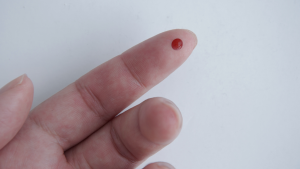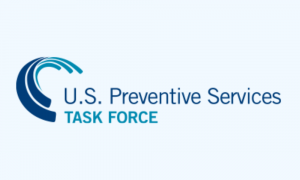How the test is done: Swab of genital area or urine sample
What you also need to know: If you have had oral or anal sex, let your healthcare provider know this also. These sites may be infected, but vaginal or urine samples may not be positive.
How the test is done: Blood test or swab from inside of mouth
What you also need to know: Confidential and anonymous testing options are available in many clinics. The most common HIV tests look for antibodies to the virus. The time between infection and the development of detectable antibodies is called the window period. The window period varies from person to person and also depends upon the type of HIV test.
When a person has no symptoms
How the test is done: Blood test (drawn from arm or a fingerstick)
What you also need to know: Be sure to ask for a type-specific IgG test (not an IgM test)
When a person has symptoms
How the test is done: Swab of affected area; if at first negative for herpes, follow later with blood test to make sure.
What you also need to know: Must be done as soon as possible; “viral culture” test not as accurate after 48 hours. Viral culture also has high rate of false negatives. There is less chance of a false negative result with Nucleic Acid Amplification Testing (NAAT). NAATs are fast, accurate, and can tell if a person has HSV-1 or HSV-2.
How the test is done: Blood test, or sample taken from a sore.
What you also need to know: The CDC recommends all pregnant women be tested for syphilis.
How the test is done: Swab of infected area, physical exam or sample of discharge.
What you also need to know: “Trich” is harder to detect in men than in women.
Low-risk HPV (genital warts)
How the test is done: Visual diagnosis (for genital warts, caused by low-risk HPV)
What you also need to know: Warts can occur in both men and women.
High-risk HPV (cervical cancer)
How the test is done: Regular screening with Pap and/or HPV tests. See more here.
What you also need to know: Pap tests detect cervical cell changes, not HPV. HPV tests indicate infection with the virus itself. No test available for men for these types of HPV.








